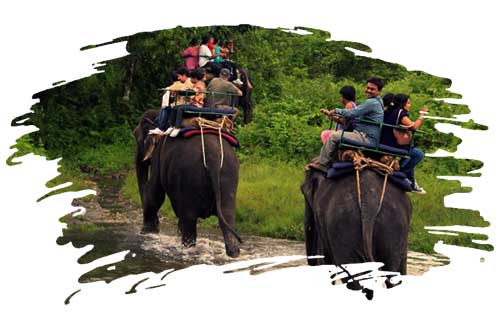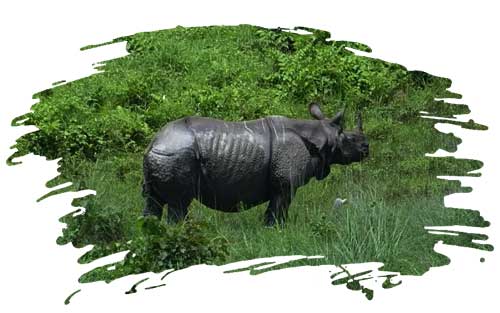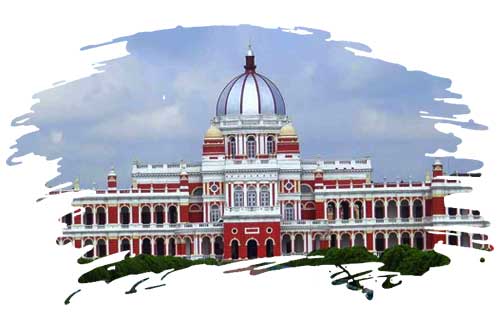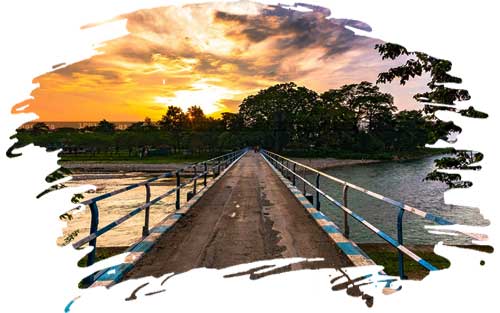Destinations
Welcome To Dooars
Dooars is famous for its lush green tea gardens, dense forests, wildlife sanctuaries, and beautiful rivers. It is a region located in the foothills of the Eastern Himalayas in North-Eastern India, The ideal time to visit is during the winter and spring months, which generally span from October to April. This period offers the most pleasant weather and the best conditions for sightseeing, wildlife exploration in the region.

JALDAPARA NATIONAL PARK
Another verdant forests places to visit in Dooars is Jaldapara National Park, known for its exquisite collection of migratory birds. The place was entitled as a national park in May 2012, since then, travellers from all around the world come to visit this breeding ground of exotic migratory birds. If you are an avid bird watcher, then this place is no less than a paradise for you as here you can witness Bengal Florican during migration season, which is very rare in India. Make your trip to Dooars mesmerising by visiting Jaldapara National Park and experiencing a great diversity of flora and fauna of mixed deciduous forests, perennial streams, and sandy river banks.
GORUMARA NATIONAL PARK


COOCHBEHAR RAJ PALACE
Touted as one of the most magnificent heritage sites in India, the Cooch Behar Palace is a unique blend of European and Indian architecture. Inspired from the Western Renaissance period and the design of the Buckingham Palace, it holds a strong vintage essence. Upon entering the Cooch Behar Rajbari, you are instantly transported to the royal era of the Koch dynasty. While its beautiful verandahs still echo the golden era of Maharaja Nripendra Narayan, the various artefacts, weaponry, tribal paintings give a glimpse of the life that was.
BUXA TIGER RESERVE
Buxa Tiger Reserve is the 15th tiger reserve in India, with the second-highest number of tigers in West Bengal after Sunderbans, making it one of the top tourist places to visit in Dooars. Perched near the Indo-Bhutan border, the place has a lot to offer for adventure seekers, such as trekking routes flanked by dense forests, as well as spotting various wildlife creatures, including elephants, Indian bison, leopards, deers, snakes etc. To reach Buxa, you can go for a 1-hour drive from Madarihat (Jaldapara) towards the east and take the entry from the Rajabhatkhawa. After wildlife sightseeing, you can also go for a 4 km trek route to the Buxa Fort, which is one of the prime attractions of the Buxa Tiger Reserve.


BUXA FORT
MURTI RIVER
The Murti River is said to originate near the Neora Valley National Park flowing its way along many prime tourist spots along the Dooars region before it finally meets the River Jaldhaka. At Samsing, the Murti River reaches the plains and continues its journey by dividing the stretch of Gorumara forest. Thus the Gorumara forest is located on the right bank of the Murti River while the Chpramari forest is situated along its left side. After meeting Jaldhaka River it enters Bangladesh close to a place named Mathabhanga from where it meets the Brahmaputra River.


